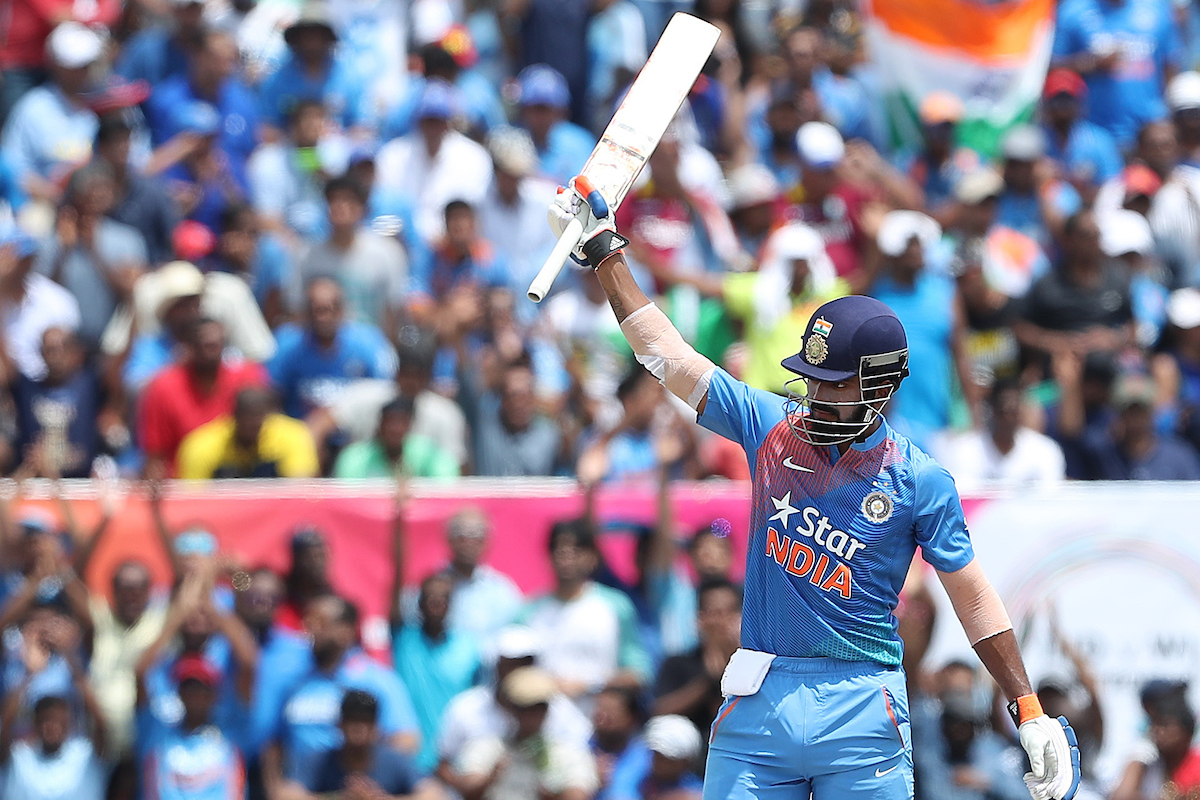India vs England | Takeaways : India's quest to stop the Jos Buttler juggernaut to KL Rahul solution
Kuldeep Yadav put forward a performance of magical audacity with his tantalizingly slow spin and wrong'uns to register his first five-for in T20Is and then KL Rahul followed that with a century to lead India to an 8-wicket victory. However, in the end, India left with more questions than answers.

India need to find answers to Jos Buttler storm
Earmarking players for one particular format
Jos Buttler's last eight innings in T20 cricket (including today’s) reads something like this - 67(26), 51(39), 82(58), 95(60)*, 94(53)*, 39(22), 61(30), and 69. And it needed one definitive plan against him to counter, in which India failed miserably.
Since the last World T20, India’s seamers have bowled 25% of all their deliveries on a good length, which is a higher percentage than every team apart from New Zealand (26%). Indian seamers Bhuvneshwar Kumar and Umesh Yadav also stuck to the same plan today and given Buttler
England’s death-over weakness exposed once again
Since the 2016 World T20, England’s batting in the death overs has been one of their weaknesses in the shortest format and only Bangladesh
The numbers are surprising for a strong limited-overs team like England. It is a fact worth noting that they have Eoin Morgan at their disposal, who has the highest death-over strike-rate (182.60) of any batsmen to have faced at least 200 balls at that stage and, adding the filter of his stats since World T20, that figure increased to 190.32. Jos Buttler is at the seventh position in that list with a death over strike rate of 174.70, and India needed their bowlers to step up to the plate and just stop these two batsmen from inflicting any damage.
Once Kuldeep successfully sent both the players back to the hut, India almost sailed through the danger of England’s death over batting. In search of big hits, they have always lost wickets, but today, David Willey somehow managed to get going and scored 29 runs off 15 balls. But their apparent weakness in the death coupled with the mystery factor that came with Kuldeep Yadav resulted in they ending with a subpar total of 159 runs in the stipulated overs. With that, they also leave behind a clue for the Indian team so as to exploit in the next two matches.
Using KL Rahul as a floater can give the team more stability
Everyone and their pet dog
Think of a situation when one of the openers fails, Rahul can hit out at the position as an axillary opener. Rahul is a better player in the powerplay and when the ball is new, he can use the fielding restrictions to score runs more fluently, which will indeed help the team get a good start and Kohli can capitalise on that. However, if Shikhar Dhawan and Rohit Sharma get good starts and see off the powerplay overs, then Kohli can come above Rahul to build on the score or Hardik Pandya can come at the top order to give some quick runs.
For all the permutations and combinations, one thing needs to be ensured that a brilliant talent like Rahul shouldn’t be wasted and India should try to find out to way to ensure a permanent place for him in the team.

Comments
Sign up or log in to your account to leave comments and reactions
0 Comments